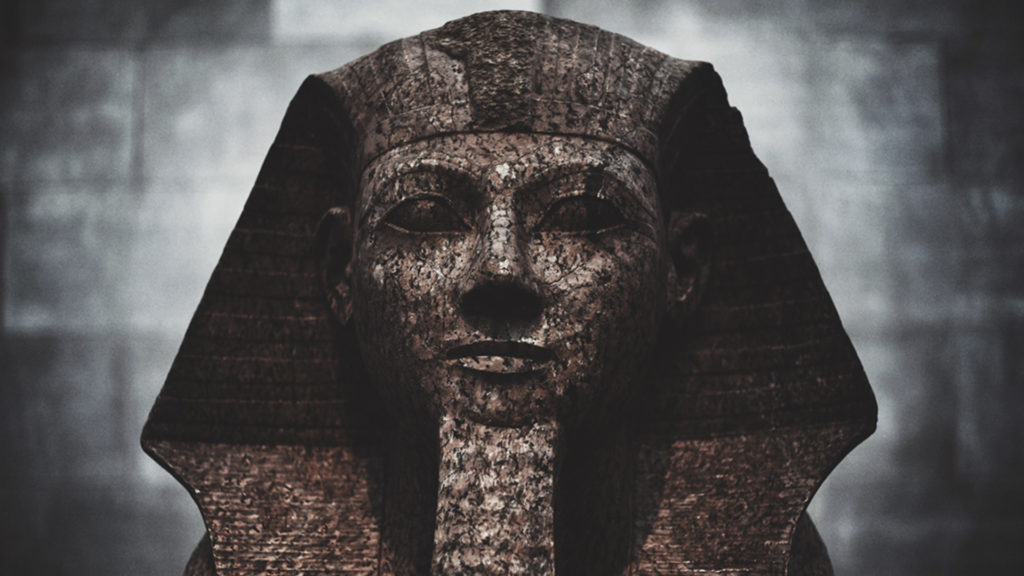
Part VIII of the Gnostic Mass—Of the Mystic Marriage and Consummation of the Elements—could be viewed as the formation of the Sphinx out of the Priest and Priestess (or the elements attributed to them, if you prefer).
The Sphinx represents the elements balanced in the individual. It is a hieroglyph of the individual who has made themselves an image in matter of the divine. The divine is the Phallus, the Pyramid, or the Sun, who the balanced individual is now the “bride” of.
Crowley specifically refers the Lion and the Dragon to the Beast and the Man and the Bull to Babalon. I take this to mean that the Sphinx is the balanced woman (Libra) or the Master of the Temple. This is another reason for Crowley’s cryptic remark at the end of Liber XV that the officers of the Gnostic Mass are all “parts of the Priest.”
Alternatively, man and woman coming together, at least under certain circumstances, could be seen as creating a third, divine entity.
It also offers another way to think about the “sacrifice of life and joy”. What’s being sacrificed is the unbalanced aspects of the elements. They are being united into a coherent whole, directed by the Will of the magician, and offered up to the Bridegroom, the Sun, for erotic destruction.